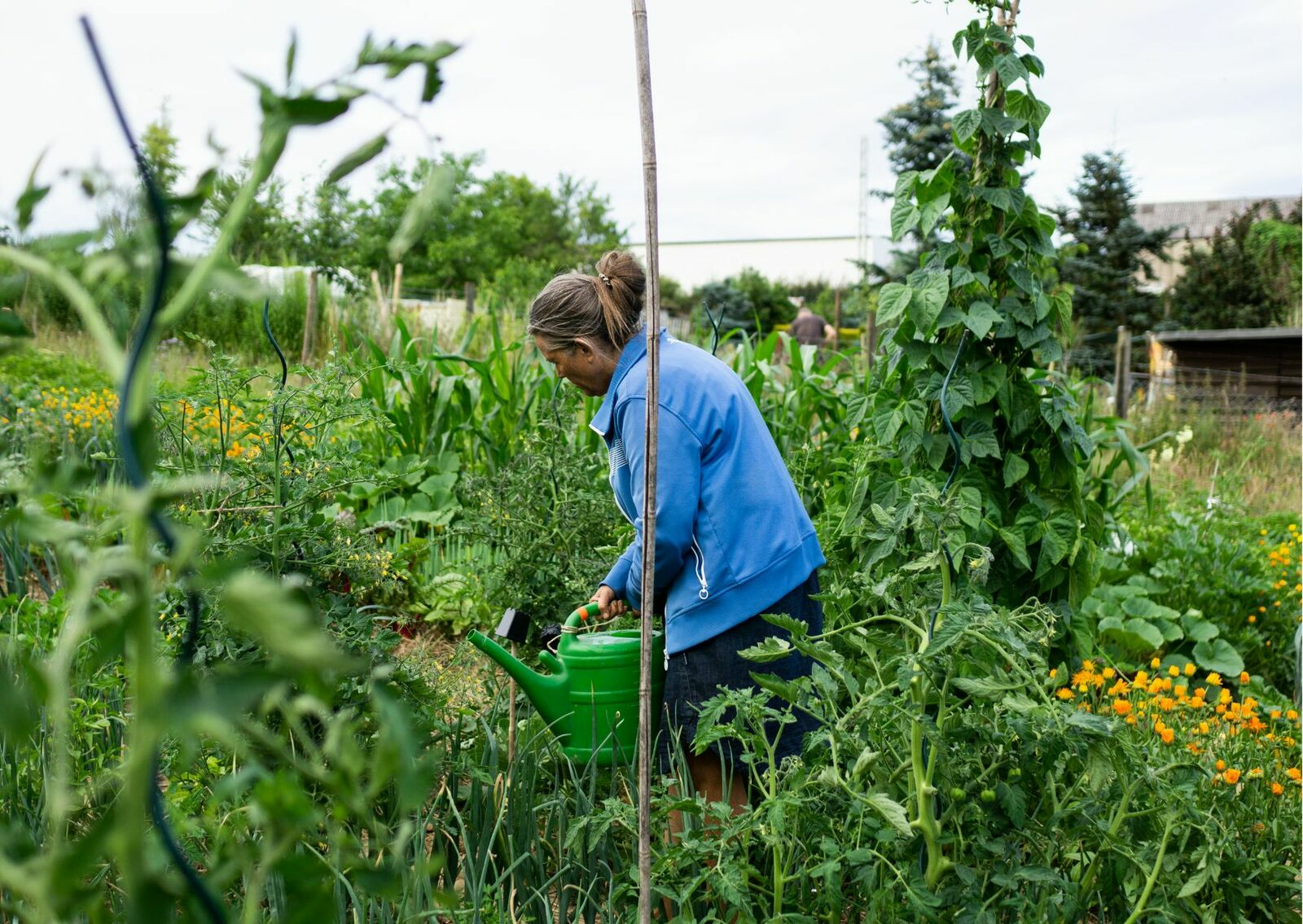
Gardening in the Cycle of Nature: Get Out of the One-Way Street
What happens when we not only cultivate in the garden, but also rethink it? Those who garden in harmony with nature do not think in one-way streets - but in cycles. Instead of wasting resources and relying on quick fixes, natural processes are integrated to sustainably conserve soil, water, energy and diversity. In this article, you will find out how permaculture and resource-conserving methods can help transform your garden into a stable, living ecosystem - and which practical steps you can implement straight away.
This Article Contains:
- Resource Scarcity: Why We Need to Rethink Now
- Using Resources in the Cycle: Away From the One-Way Street
- Our Shared Responsibility
- Figures & Data on Land Use: This Is How Big Our Influence Really Is
- Closing Cycles in the Garden: Using Resources in a Circular Way
- Closing Cycles in the Garden: Practical Tips
- Soil as a Central Element in the Cycle
- Frequently Asked Questions About Gardening With Cycles
Quick Overview
Gardening With Natural Cycles: The Most Important Facts in a Nutshell
- A cycle instead of a one-way street: resources are recycled and as little waste as possible is produced: compost instead of waste, mulch instead of disposal, rainwater instead of drinking water.
- Permaculture as a design principle: Observe, understand, integrate - with diverse structural elements and based on natural processes.
- Less intervention, more effect: Less radical interventions with gentle methods and practices such as no-dig, mulching, composting and biodiversity to strengthen the soil and the ecosystem.
- Sustainability starts in the garden: With seed-resistant seeds, organic fertilizers and smart structures, you can make your garden climate-friendly and sustainable.
- Get started now: practical tips and instructions will help you to implement natural cycles in your garden.
Resource Scarcity: Why We Need to Rethink Now
Our resources are valuable and finite. Nevertheless, we waste them at a rate as if they were inexhaustible. Of course, this does not apply to every individual. However, if we look at the globe as a whole, we will have used up the resources available to us for one year by July 24, 2025 (Global Footprint Network, 2025).
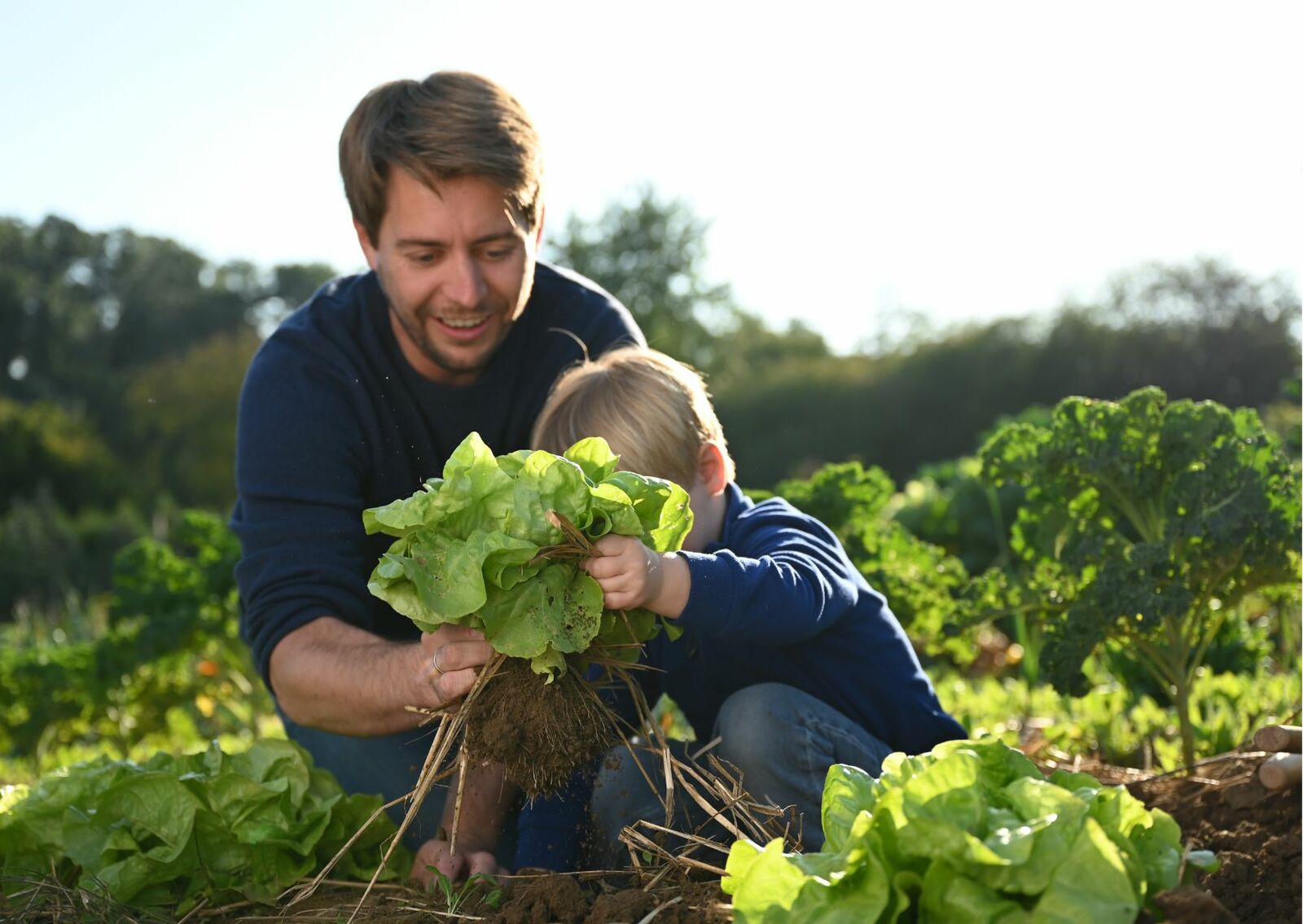
We Are Living Beyond Our Means
This is not a new phenomenon. We have been living beyond our means for decades. In fact, 1972 was the last year in which we used our resources within planetary capacity (Earth Overshoot Day, 2025). For over 50 years, Earth Overshoot Day has fallen well before the end of the year, with a clear trend towards earlier and earlier dates. Extrapolated to today, we have already used up 14 years of future resources. In other words, we are currently using resources from 2039.
This figure is only a rough calculation and does not take into account historical fluctuations in the methodology and database or non-renewable resources such as fossil fuels or certain minerals. Earth Overshoot Day refers exclusively to renewable resources and therefore does not reflect the entire environmental impact (source: methodology of the Global Footprint Network). In addition, ecosystems do not react linearly - as climate change clearly shows. Beyond a certain point, the reactions and regenerative capacities of ecosystems can no longer be reliably predicted (IPCC AR6, 2023).
What Exactly Are Natural Resources?
When I talk about natural resources, I mean a variety of goods and services that nature provides us with. Some are more obvious at first glance, others less so. However, they all make life on earth possible and play a key role in the cycle of nature. Basically, natural resources can be divided into renewable and non-renewable resources.
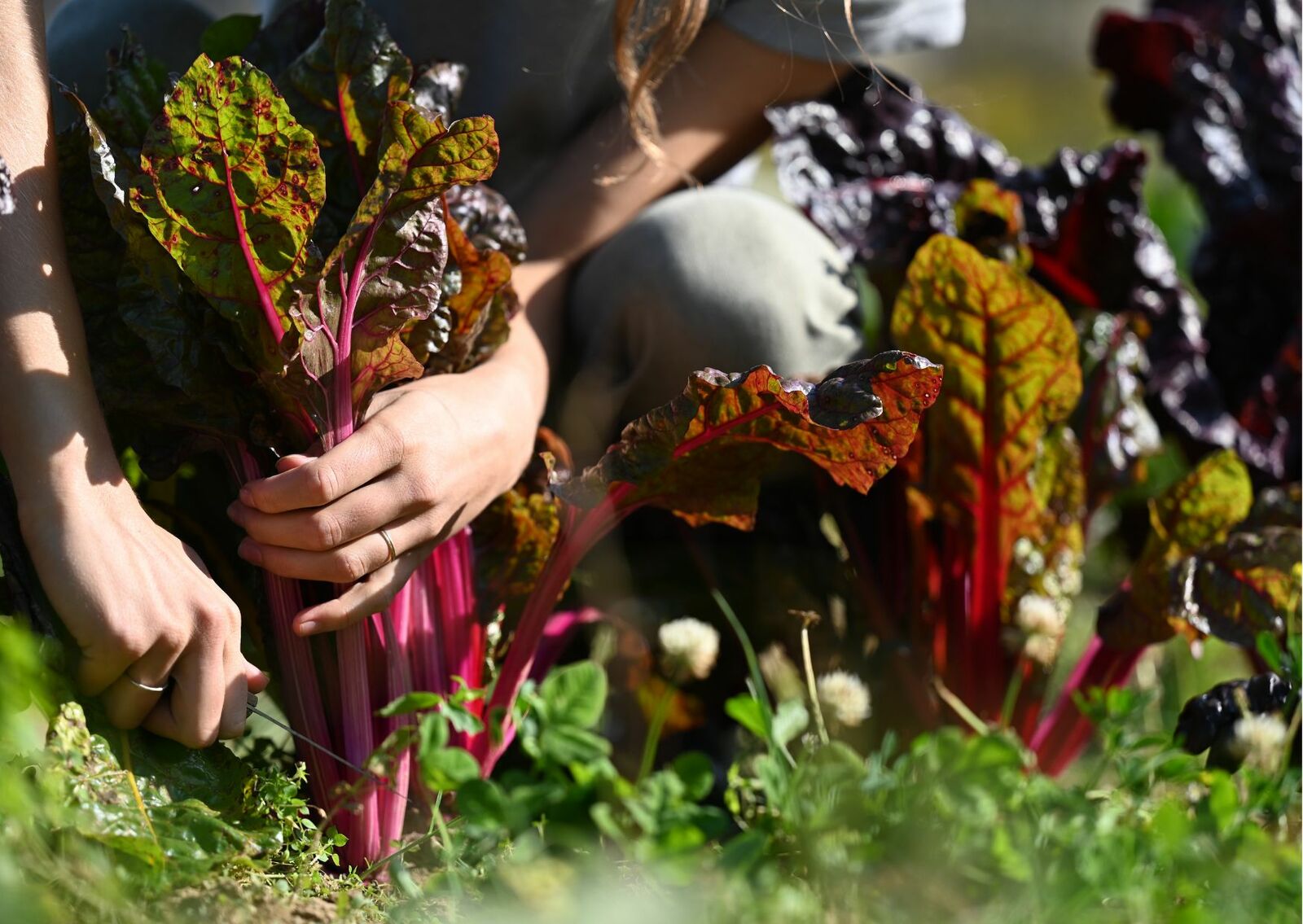
Renewable Resources at a Glance
Renewable resources generally include the organic components of an ecosystem. These include clean water, fertile soil, diverse habitats such as forests or wetlands and biodiversity. Less tangible, but just as indispensable, are solar and wind energy. The sun not only provides energy for humans, but also enables plants to grow in the first place through photosynthesis. Above all is the ability of an ecosystem to regenerate itself. This ability is largely dependent on biodiversity and an intact water and nutrient balance. We humans are currently intervening massively in all of these processes.
Non-Renewable Resources Explained
Non-renewable resources are primarily fossil raw materials such as coal, oil and natural gas. They are considered non-renewable because their regeneration is extremely slow on a human timescale. Once they are exhausted, future generations will have to fall back on alternative energy sources. However, these raw materials are not only energy sources, but also part of natural cycles - such as soil formation and long-term carbon storage in the ground.
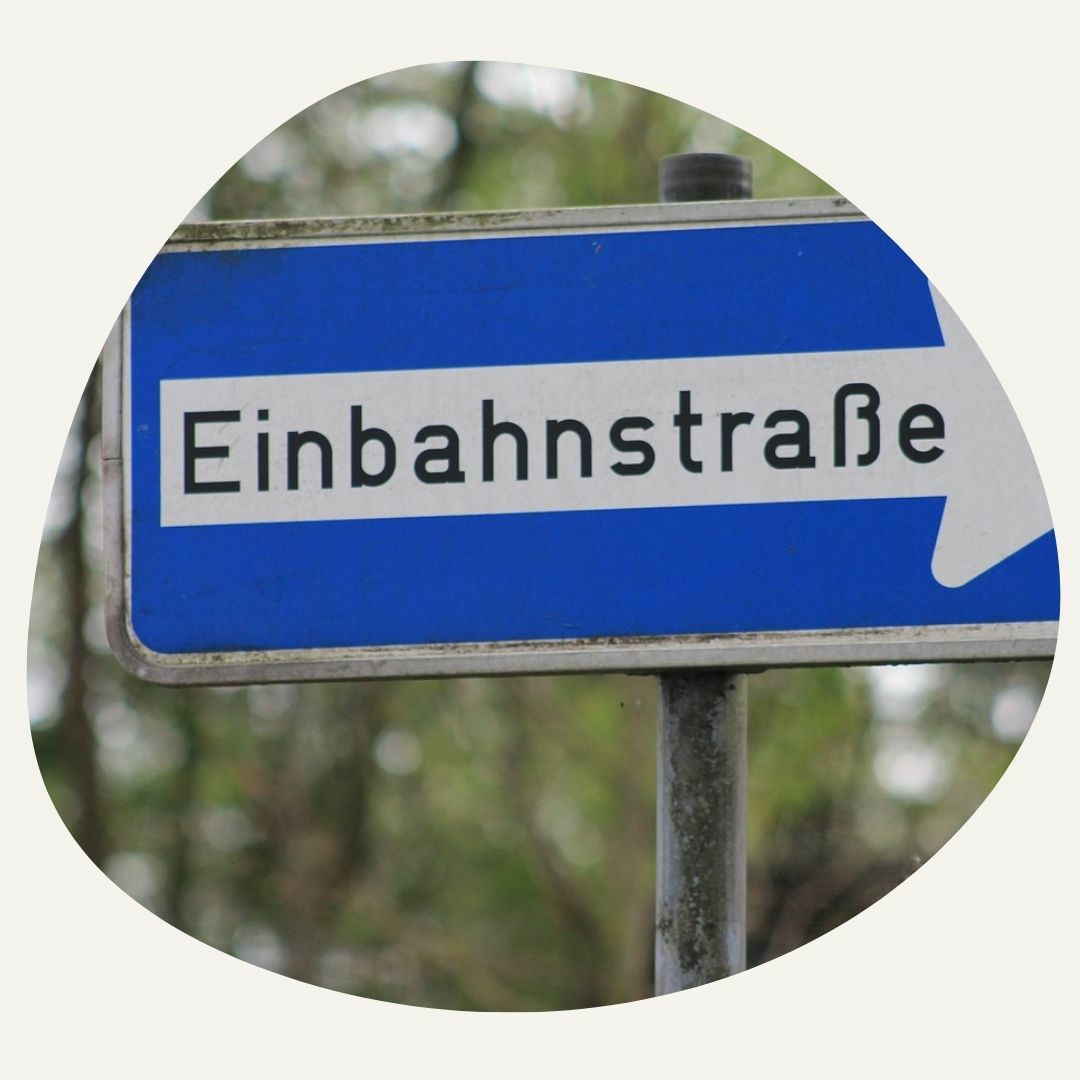
Our production methods and waste management have resulted in immense mountains of waste.
Using Resources in the Cycle: Away From the One-Way Street

Our production methods and waste management have resulted in immense mountains of waste.
Whether renewable or non-renewable, natural resources are not only the basis of our lives, but also a key factor for stability and peace. In the context of climate change, this area of tension is likely to become even more acute in the coming decades. The problem with today's value chains is that they are predominantly linear. Resources are extracted in order to manufacture a product. This product is then used and finally disposed of - waste is produced. There is a beginning and an end to value creation. This results in immense mountains of waste, which we are currently struggling with.
Political Response: Bioeconomy & Circular Economy
Linear value creation and production brings with it numerous challenges: resource scarcity, environmental pollution, loss of biodiversity and rising greenhouse gas emissions. To counteract these problems, the bioeconomy concept is being used in Germany and throughout the EU (BMBF & BMEL, 2022). The strategy includes a wide range of measures to promote the development of a circular economy - based on renewable, bio-based resources combined with a paradigm shift towards circular thinking in all areas of life (social, ecological and economic).
From Thinking in Terms of Scarcity to a Culture of Abundance
The exciting thing is that scarcity occurs much less frequently in a closed-loop system - if at all. However, the concept of scarcity is a cornerstone of capitalism - and therefore part of our way of thinking. We are used to thinking in terms of scarcity, not abundance. This change must therefore not only be driven politically, but also socially and individually.
Taking responsibility for this issue means actively combating waste. This can start on a small scale: Use reusable shopping bags instead of plastic bags. Or, compost your kitchen waste (compost or bokashi bucket). There are even people who collect their shower water to use it again (without soap and shampoo residue, of course).
Our Shared Responsibility
However you make your contribution, every action counts. Our goal is to use resources in a circular way and thus live in harmony with nature. This will be a long process, probably over generations. But it is time to move from overexploitation to regeneration and give something back to the earth.
It is about transforming not only our economy, but also social and ecological areas into a cycle-oriented system. At the end of their useful life, products are not waste, but raw materials for new products.
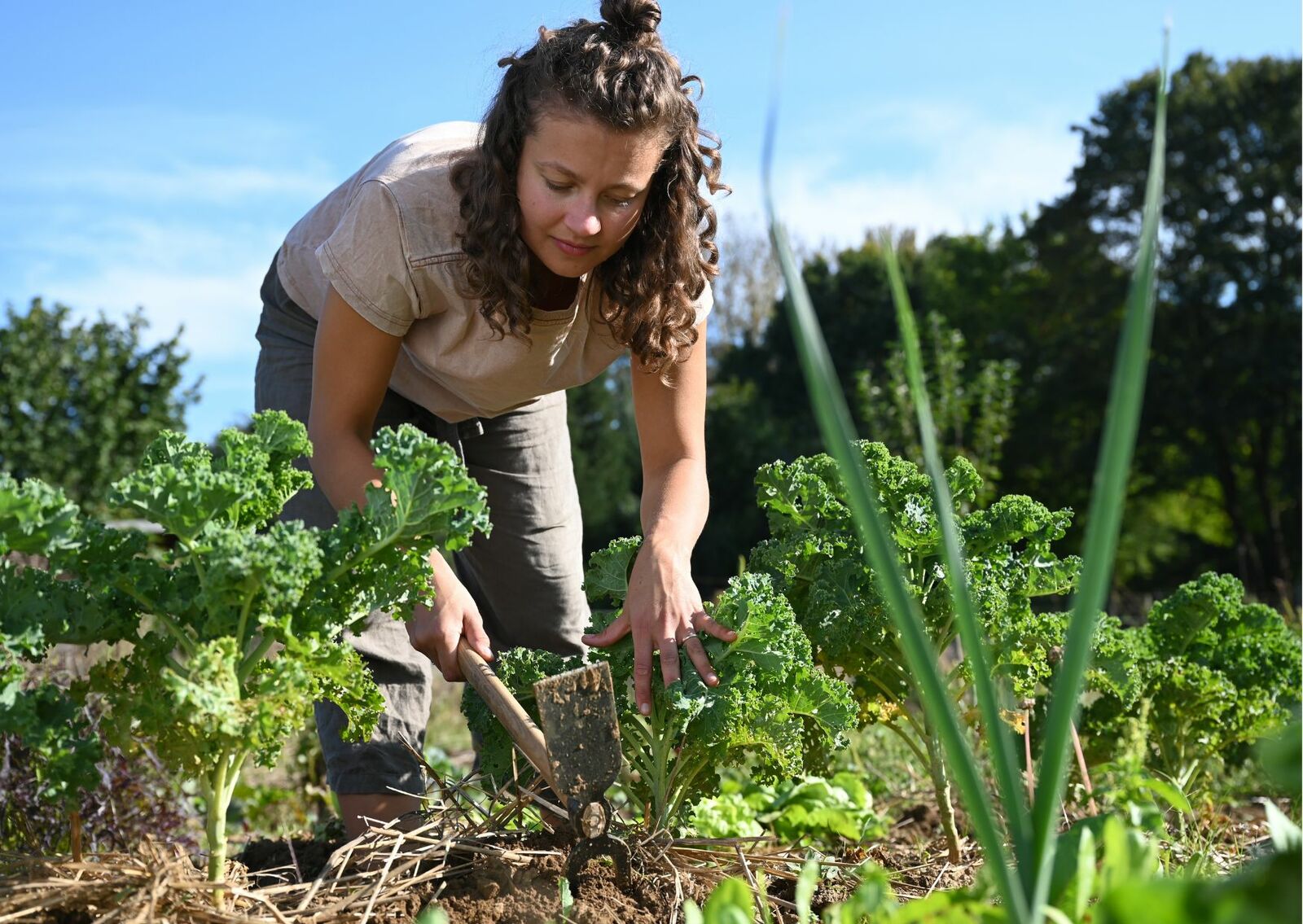

Would You Like to Connect With Other Gardeners?
If you ever feel alone in your passion, the Fryd community is full of like-minded people. Here, you can ask questions, get help, and share your gardening joys!
Join the Community NowFrom Garden to Packaging: Circular Thinking in Action
Many young companies today are addressing the question of how we can live more sustainably and close cycles in all areas of life. The approaches are diverse - from gardening to packaging. Two examples of this are Fryd and Wildplastic.
Although at first glance our subject areas seem far apart, we share the same goal: a sustainable life based on the circular concept. Wildplastic shows how the circular economy can be a solution even for a problematic material. Fryd starts at the ecological level: We see the garden as an ecosystem and want to support people in gardening ecologically, promoting biodiversity and thus preserving the basis of our existence.
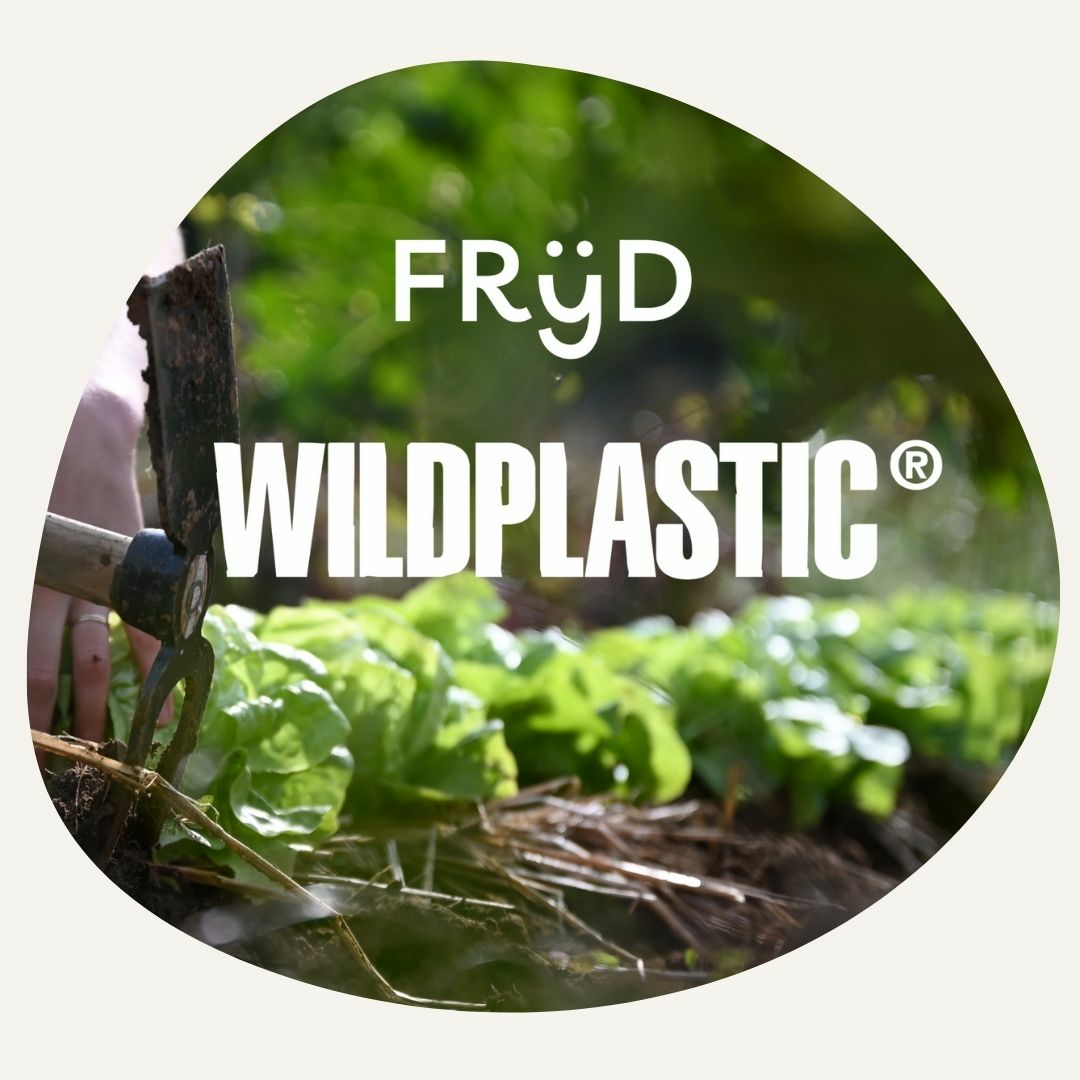
Fryd x Wildplastic
Fryd x Wildplastic

Fryd x Wildplastic
Fryd is a digital platform and garden planner for organic gardening with mixed crops. The app helps hobby gardeners and self-sufficient gardeners to create mixed crop planting plans, adapt cultivation to the course of the year and close natural cycles in their own garden. The aim is to create a living ecosystem in which there is no "waste" .
Wildplastic approaches the topic of cycles from a completely different angle: The company collects so-called "wild plastic" - plastic waste lying in the environment, on beaches or in open spaces - and brings it back into the production cycle. This recycled material is used to create new packaging, which in turn can be recycled. In this way, a resource is used that is available in large quantities but has so far hardly been integrated into functioning cycles.
Figures & Data on Land Use: This Is How Big Our Influence Really Is
Gardening gives us a lever to actively support the ecosystem in which we live. To give you a better idea of how much of the total area of Germany is currently agricultural or garden land, here are a few facts and figures.
The impact of agricultural land is considerable. This is illustrated by the figures from the Federal Statistical Office (2023) on land area and its use in Germany. Around 50%, roughly 180,000 km²/ 69498 Mi2, is agricultural land. Just imagine what an enormous impact a large-scale adaptation of agriculture would have.
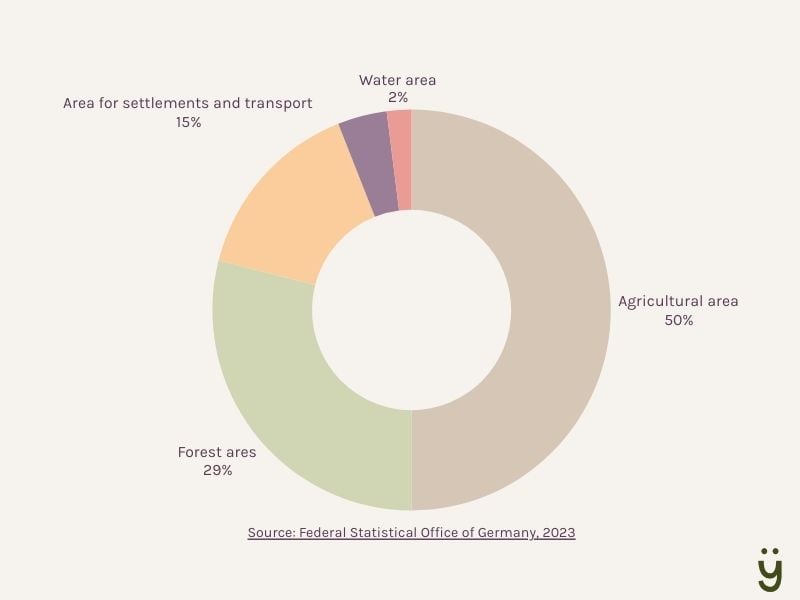
Area of Private Gardens or Balconies in Germany
Germany alone has a large potential of private gardens and balconies. Around 80 % of households have access to a garden, balcony or terrace. This amounts to around 900,000 hectares of land for greening and near-natural areas. This area is comparable to the island of Corsica or around 100 times the size of Berlin or 1.26 million soccer pitches. In total, this area makes quite a difference. This also includes private and public green spaces(thousands of gardens - thousands of species, 2025).
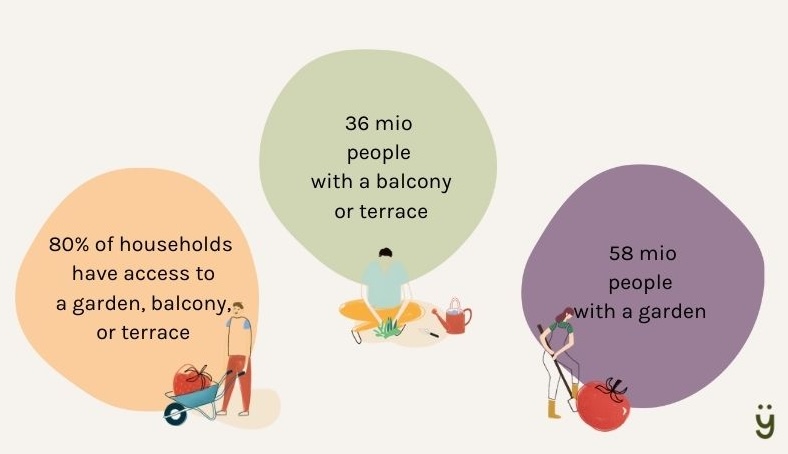
Closing Cycles in the Garden: Using Resources in a Circular Way
To make the best use of resources in the garden and integrate your garden into the ecosystem, you should understand the basic cycles of nature - such as the water and nutrient cycles. The natural resources that we mainly deal with in the garden are water, soil, biodiversity, energy, nutrients, organic matter, plants and structures. All these elements are closely intertwined and interact with each other in a variety of ways. This is why ecological systems are extremely complex. This is one of the basic principles of permaculture: the less intervention in a natural system, the better.
The aim of permaculture is to create resilient, sustainable systems with a yield. There are numerous methods and practices in permaculture design to achieve this. Organic gardening is also geared towards this. Both approaches work with natural processes - and not against them.
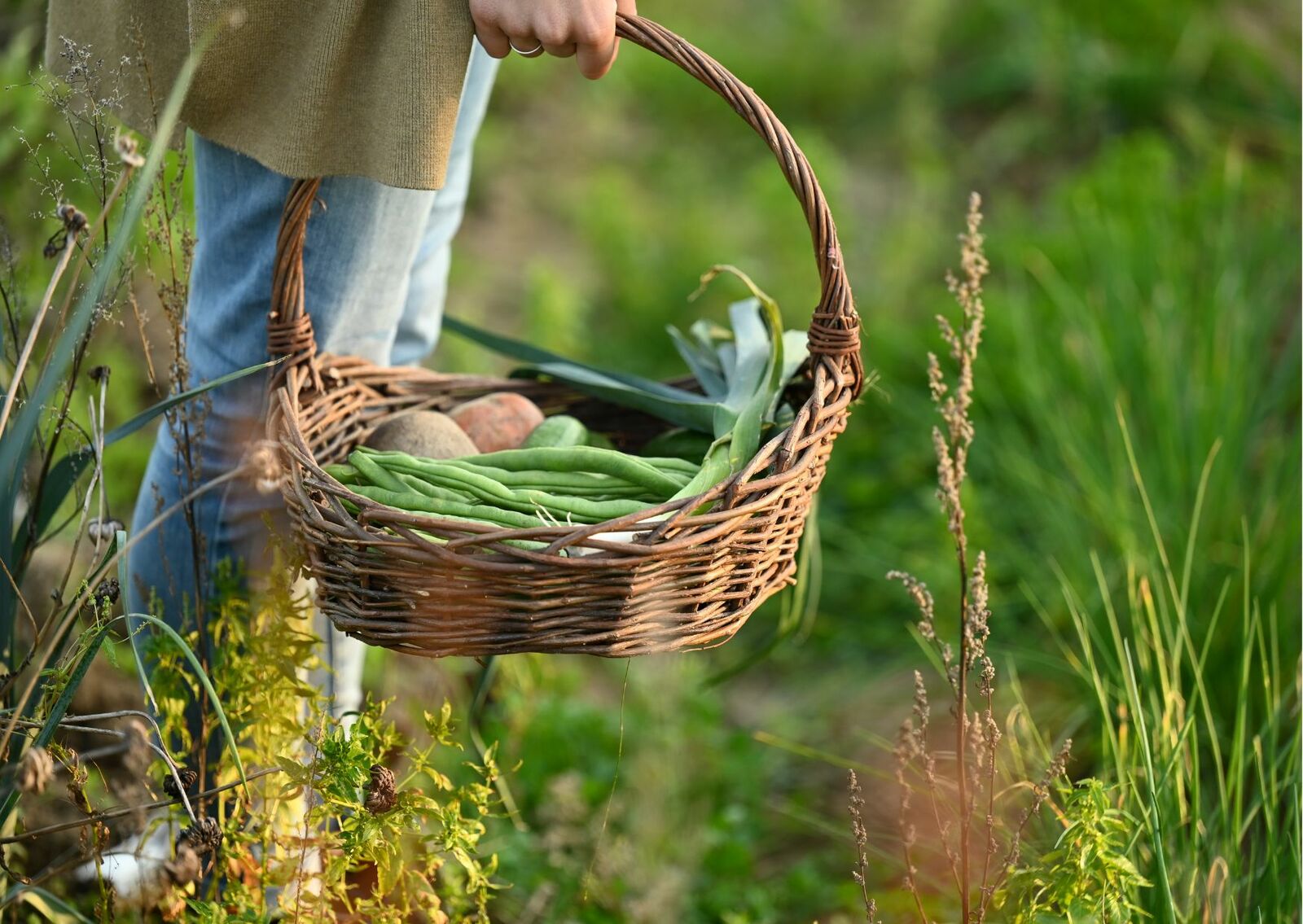
Central Permaculture Principles According to David Holmgren
Here you can get an impression of the principles according to which permaculture is practiced. The overview is very abbreviated, but gives a rough insight into the way of thinking of permaculture and the circular economy. The special thing about permaculture is that not only ecological cycles play a role, but also social and economic relationships are considered equally important (Earthcare, Fairshare, Peoplecare). If you would like to find out more about Permaculture and Its Principles, you can find further information here.
- First observe, then act. In permaculture, a site is ideally observed for a whole year before the first measures are implemented. The initial focus is on understanding the terrain, the microclimate and the course of the year.
- Store and collect energy. This includes rainwater, mulch or compost.
- Achieve yields. A piece of land or ecosystem should be productive and be able to support the organisms living in it.
- Use local and renewable resources.
- Do not produce waste. Close cycles wherever possible: kitchen waste can be composted and clippings used for mulching.
- Small and slow instead of big and risky. Interventions should be carried out carefully, as their full extent can often not be assessed immediately.
- Promote diversity. Structural, biological and functional diversity makes systems more stable. Different structures can fulfill several functions - a pond, for example, collects water, improves the microclimate and also serves as a water source.
Closing Cycles in the Garden: Practical Tips
We would like to give you a few practical tips to help you use your available resources sustainably and close cycles.
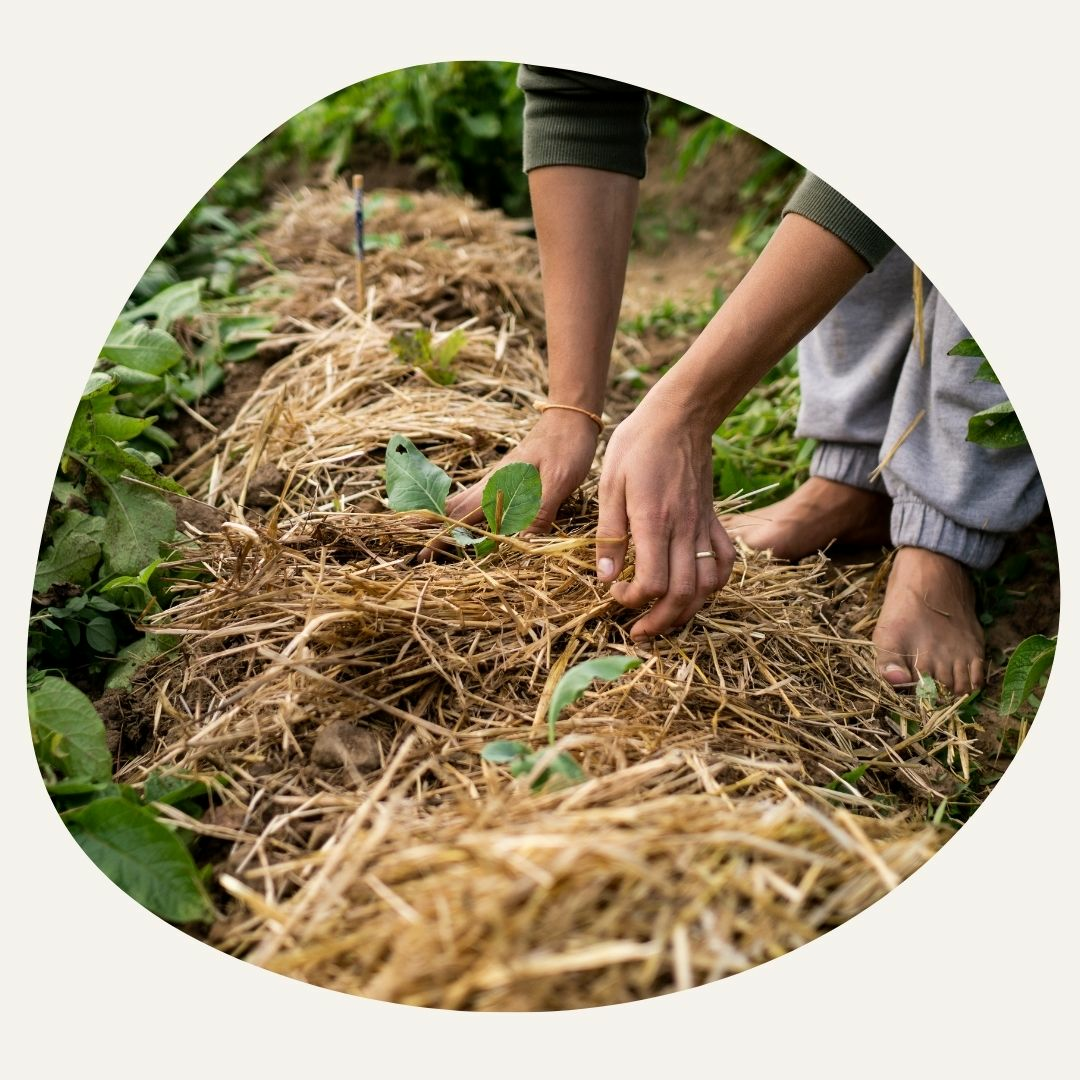
Water as a resource
Closing the Water Cycle: Here’s How

Water as a resource
How we use water has a major impact on how resilient and healthy our gardens are. Especially in the face of increasing droughts and floods. You can save water with a few simple tips: Provide water storage in your garden in the form of rain barrels, ponds or cisterns. Mulching or drip irrigation helps to increase the water storage capacity in the soil - this reduces the amount of water that evaporates. You can find out more about Dealing with water scarcity and detailed tips on storing and saving water here.
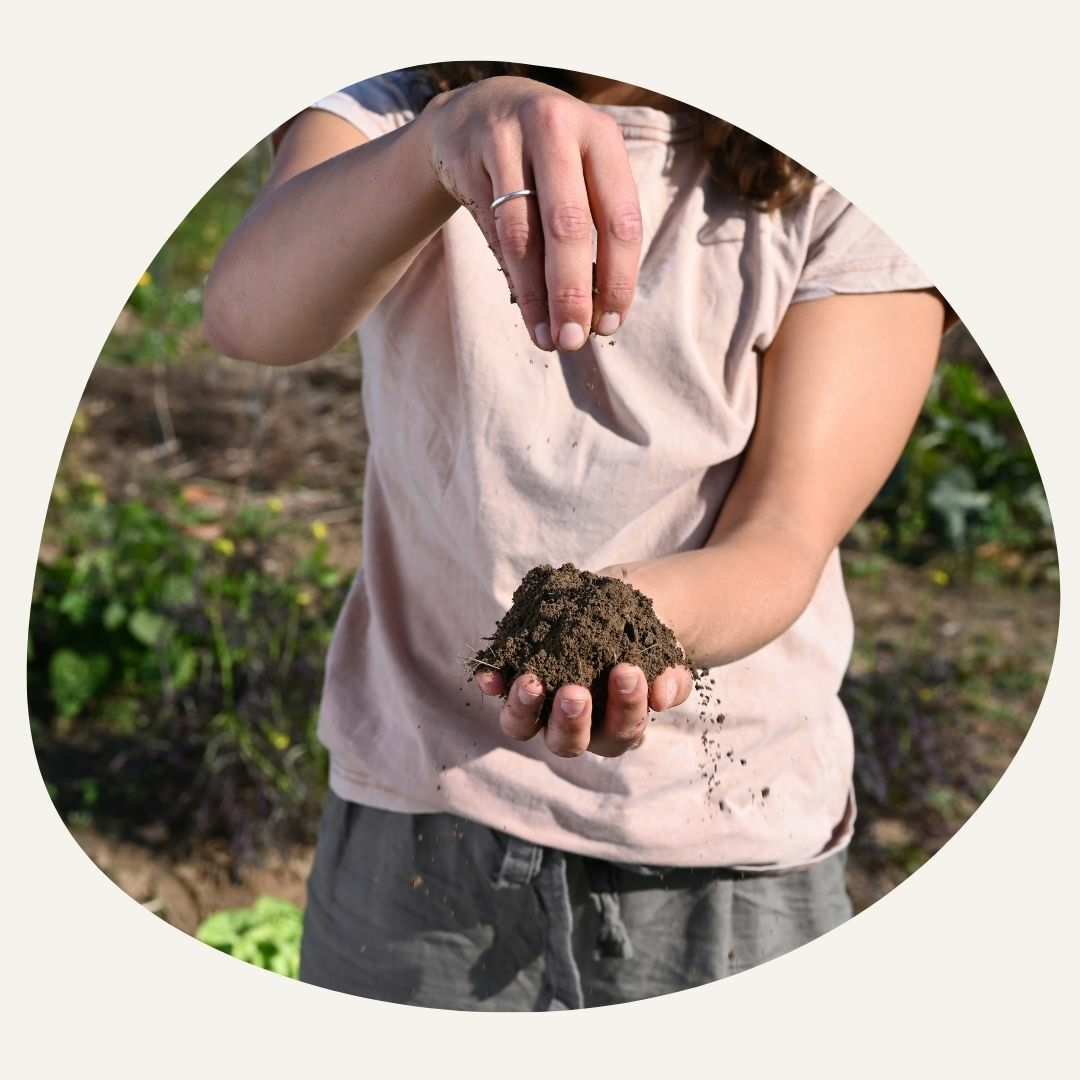
Organic matter as a resource
Nutrient cycle in the soil

Organic matter as a resource
The soil is an important hub for converting organic matter into nutrients and fertile soil. To promote soil life and keep your plants well fed, you should regularly "feed" it with organic matter. Compost, animal manure or plant residues are suitable. You can process your kitchen waste into your own compost and use it directly in the garden. Prunings and plant material are great for mulching - it's far too bad to put all the nutrients on the green space. When gardening with cycles, the soil is the stomach of the system and the entire ecosystem stands or falls on its capacity. Soil is also very important for climate protection, as it stores large amounts of CO₂. Healthy soil is therefore the foundation. The basics about your garden soil, you can learn here.
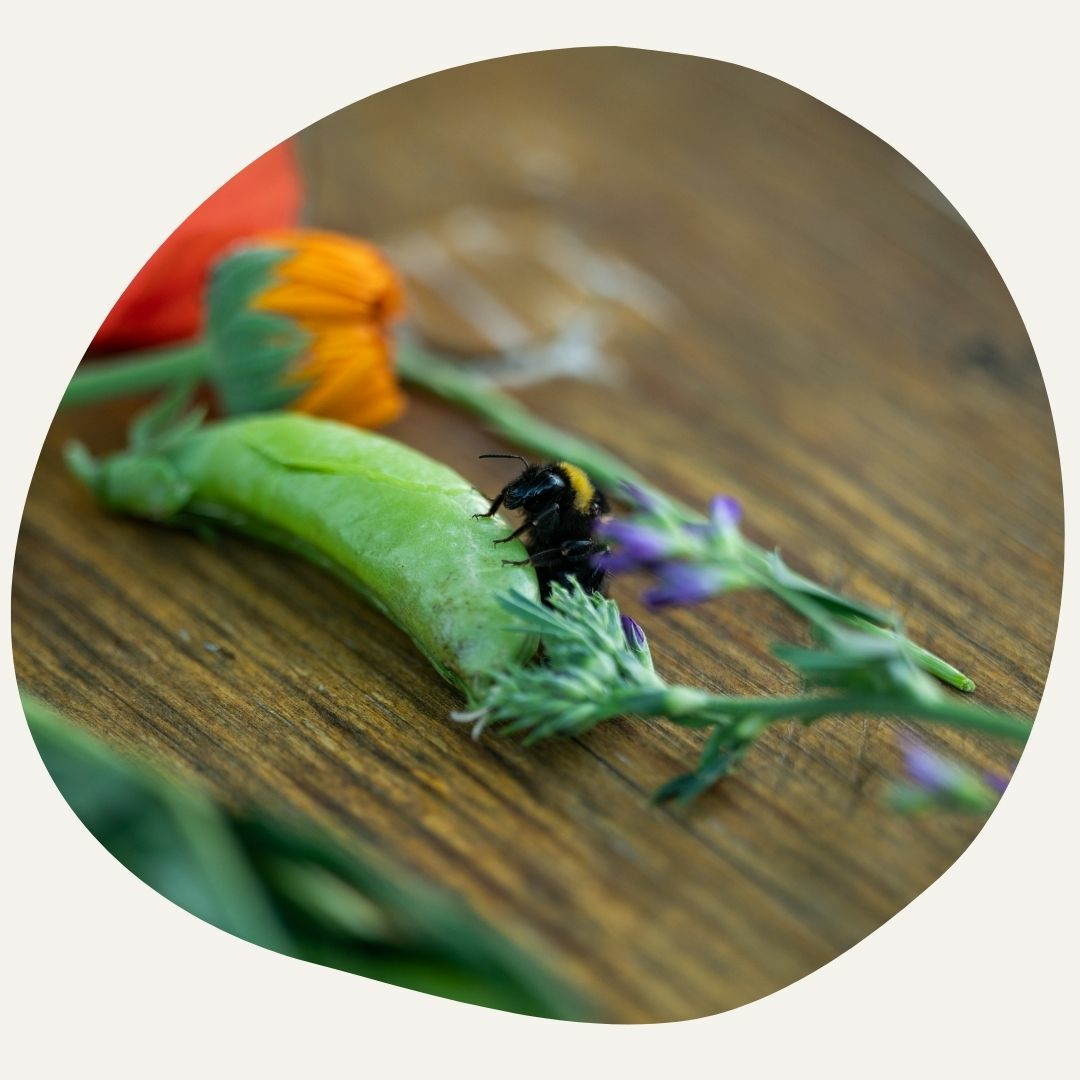
Biodiversity as a resource
Biodiversity as an Important Basis

Biodiversity as a resource
Genetic diversity and species diversity is one of our most important resources. This gene pool forms the basis for future breeding, but also for stable ecosystems. However, many species are currently dying out and we need to take countermeasures. You can read more about this topic Biodiversity and why species are dying out here. Private gardens are ideal for this: you can sow flowering strips, install nesting sites or provide water points for animals. Certain structures also promote natural habitats, such as Benjes hedges. It is important to establish a wealth of structure and a colorful variety of native plants in your garden in order to support the native flora and fauna in a meaningful way. In addition, only organic methods are advisable, as pesticides and mineral fertilizers have a negative effect on biodiversity in the garden and soil.
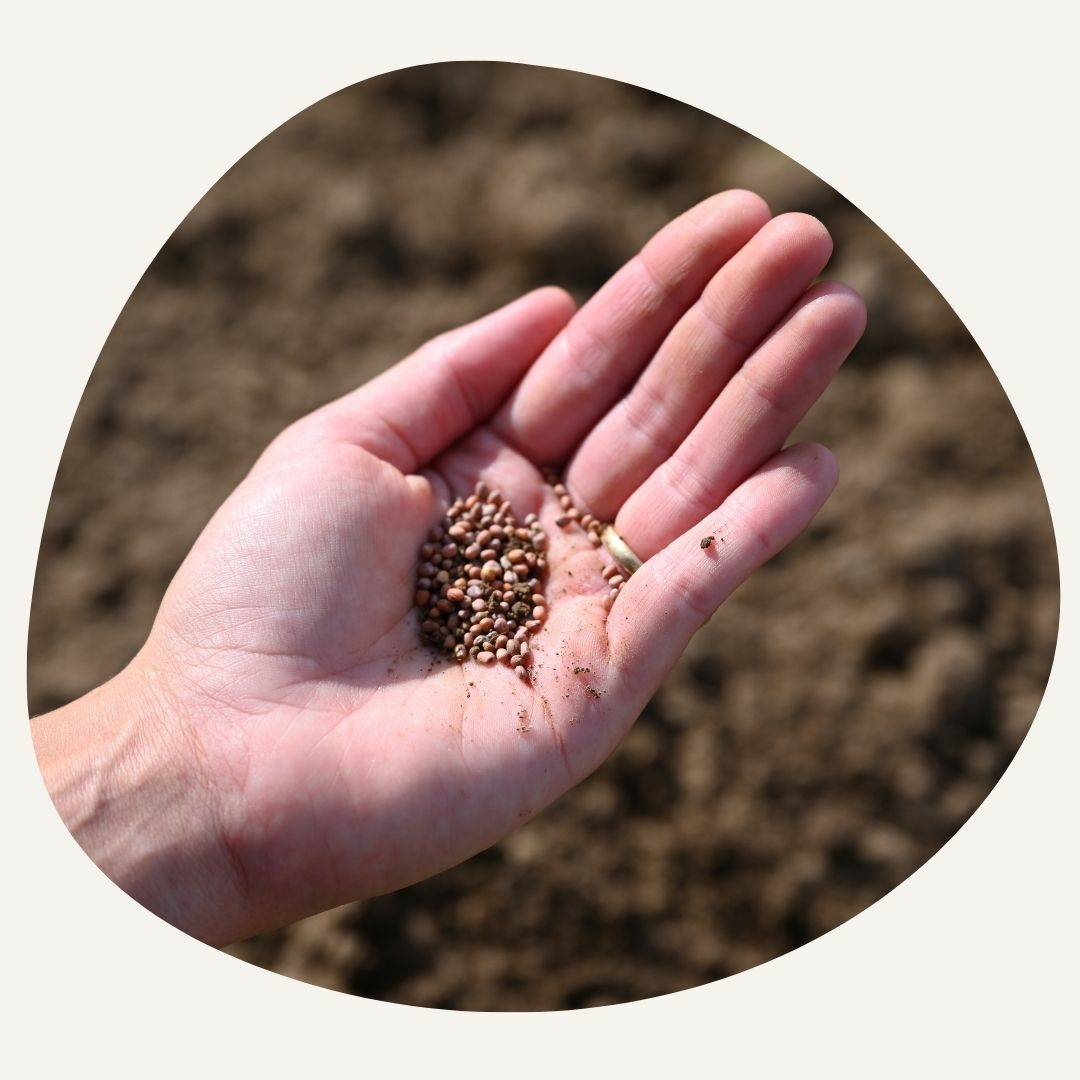
Seeds as a resource
Seeds as an Important Resource

Seeds as a resource
With the development of the new F1 hybrids, there is a lot of seed on the market that has to be bought every year. This is because the plants are sterile and unable to produce fertile offspring. An offspring of an F1 tomato may grow first, but is very unlikely to produce tomatoes. This means that no cycle is possible. Seed-resistant plants produce productive seeds that you can sow again. Therefore, choose seed-resistant varieties and propagate your seeds yourself. There are also exchange markets where seeds can be shared and rare varieties preserved. More tips on old vegetable varieties and how you can preserve them, read here.
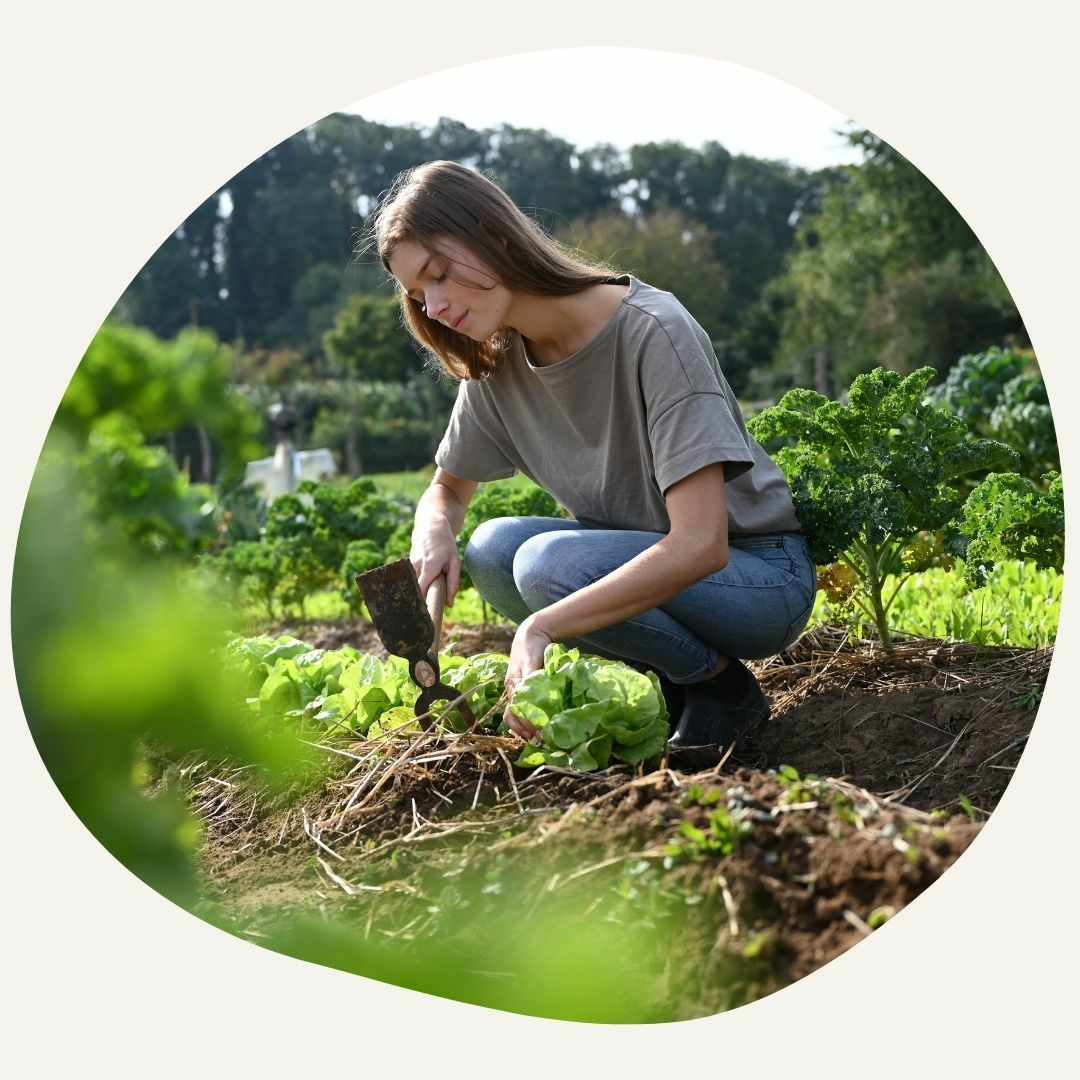
Energy as a resource
Making Energy Consumption Sustainable

Energy as a resource
A garden needs energy. Plants need sunlight to grow and regular care. That's why it's important to ask: What is my goal? And how can I achieve it as sustainably as possible? If, for example, you have a rather cold, windy location where plants grow poorly, there are various options: You could set up a greenhouse. Or you could adapt the microclimate, for example by using a snack hedge as a windbreak. This will solve the problem in the long term and sustainably, even if it involves some effort at first. Many people also don't know that the production of mineral fertilizers is extremely energy-intensive. Organic fertilizers can often be found directly in the garden - or you can simply make your own compost. More about organic and mineral fertilizers, you can find out here.
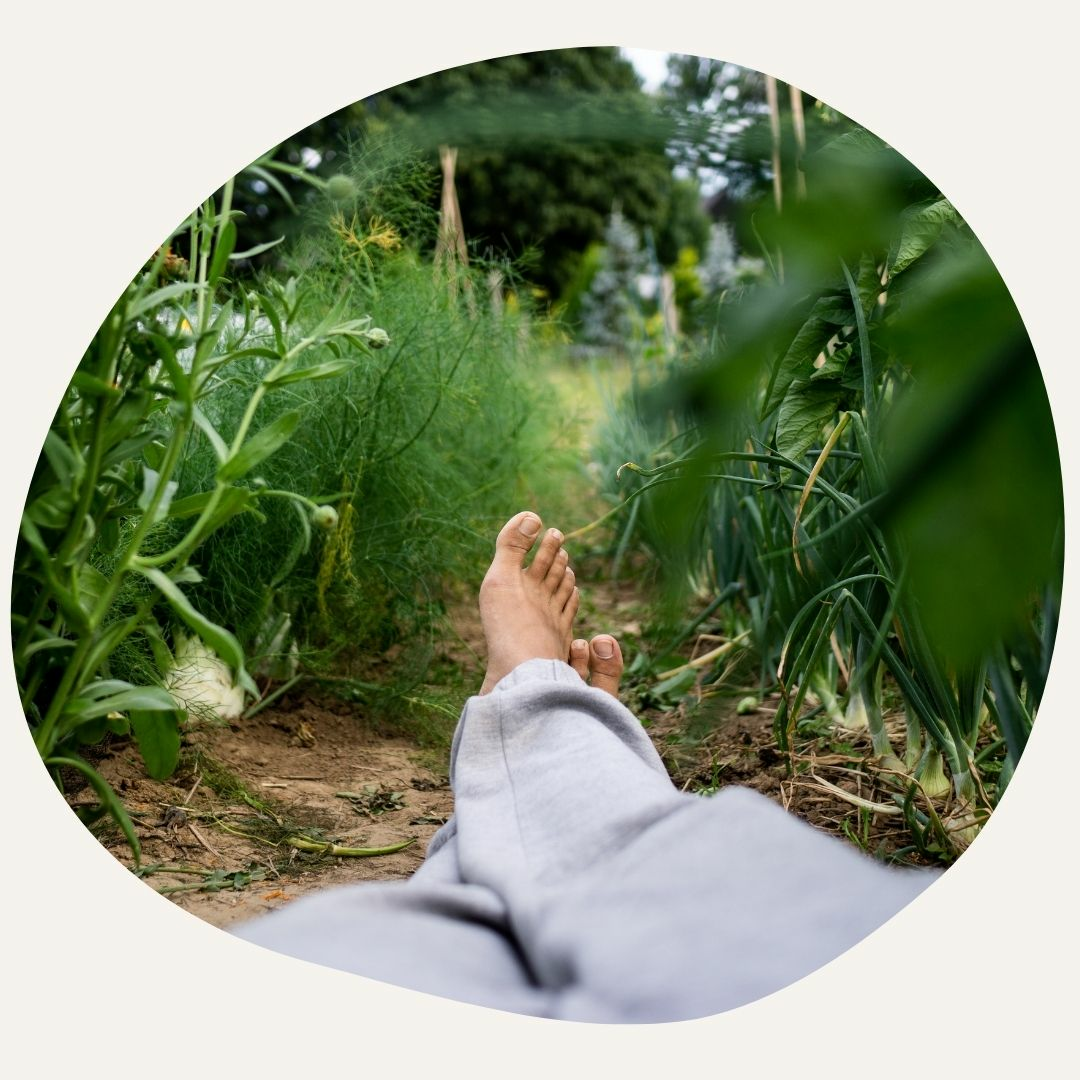
Structural diversity
Structural Diversity as a Multiplier

Structural diversity
In permaculture, various structural elements are important resources for naturally promoting biodiversity and closing cycles. These structures usually fulfill several functions at the same time. Here are a few examples: Paths, beds, hedges, ponds, swales, water reservoirs, compost, Benjes hedges (deadwood hedges) and permanent planting with perennials or fruit trees. Beds and hedges are planted in a mixed culture, with plants that complement each other well in terms of growth habit and requirements and make optimum use of the available space. How to plan and create a mixed culture, you can learn here. A central principle is the integration of many subsystems into a large, superordinate system. This creates a stable and productive ecosystem. Animals are often integrated here to produce their own fertilizer, but also to recycle waste.
Soil as a Central Element in the Cycle
Soil is the engine of ecosystems and the basis of every ecosystem. This is where composting takes place, i.e. the conversion of organic matter by countless organisms. Healthy soil is therefore crucial for a stable and resilient ecosystem.
The same applies to natural gardening: Less is more! There is no digging at all, as this massively impairs soil life and soil structure. Instead, organic material is piled up. Charles Dowding made this method known as the No Dig method. You can read more about the No-Dig Method and Gardening Without Digging here.
Here, the plant is not directly "fertilized" with soluble nutrients from mineral fertilizers, but the soil life is. Organic material is converted by soil organisms into humus and plant-available but bound nutrients. This is a good example of linear vs. circular resource use. Excess mineral fertilizers are washed out and end up in groundwater and water bodies. This causes considerable problems (keyword: eutrophication). Mineral fertilizers are therefore a one-way street and are not integrated into natural cycles. On the contrary: they damage them. Organic fertilizers, on the other hand, provide bound nutrients that become available to plants as required. The plants are therefore well supplied in the long term.
If you have any questions or comments, please write to us at [email protected]. Would you like to receive helpful gardening tips all year round and plan your own beds optimally? Then register here or download the Fryd app for Android or iOS.
Fryd - your digital bed planner
Sources:
- BMBF & BMEL, 2025: Bioeconomy in Germany; accessed online on 14.08.25 at https://www.bmftr.bund.de/SharedDocs/Publikationen/DE/7/30936_Biooekonomie_in_Deutschland.pdf?__blob=publicationFile&v=9
- Earth Overshoot Day, 2025: Past Earth Overshoot Days; accessed online on 13.08.25 at https://overshoot.footprintnetwork.org/newsroom/past-earth-overshoot-days/
- IPCC AR6, 2023: IPCC Sixth Assessment Report: Impacts, Adaptation and Vulnerability; accessed online on 26.08.25 at https://www.ipcc.ch/report/ar6/wg2/
- Global Footprint Network, 2025: Earth Overshoot Day 2025 falls on July 24; accessed online on 13.08.25 at https://overshoot.footprintnetwork.org/newsroom/press-release-june-2025-english/
- Thousands of Gardens - Thousands of Species, 2025 : Facts and Figures as Arguments for Gardening Close to Nature; accessed online at https://www.tausende-gaerten.de/media/tgta-infoblatt-zahlen_daten_und_fakten.pdf

Marie
Marie is an agronomist. She is particularly interested in the sustainable and organic cultivation of vegetables and other plants. In her own garden, she gained experience and likes to try things out to learn from nature. She is particularly interested in the values and principles of permaculture, in order to contribute not only to the well-being of nature, but also to the well-being of people and future generations.
Learn MoreCurrent Topics in the Community
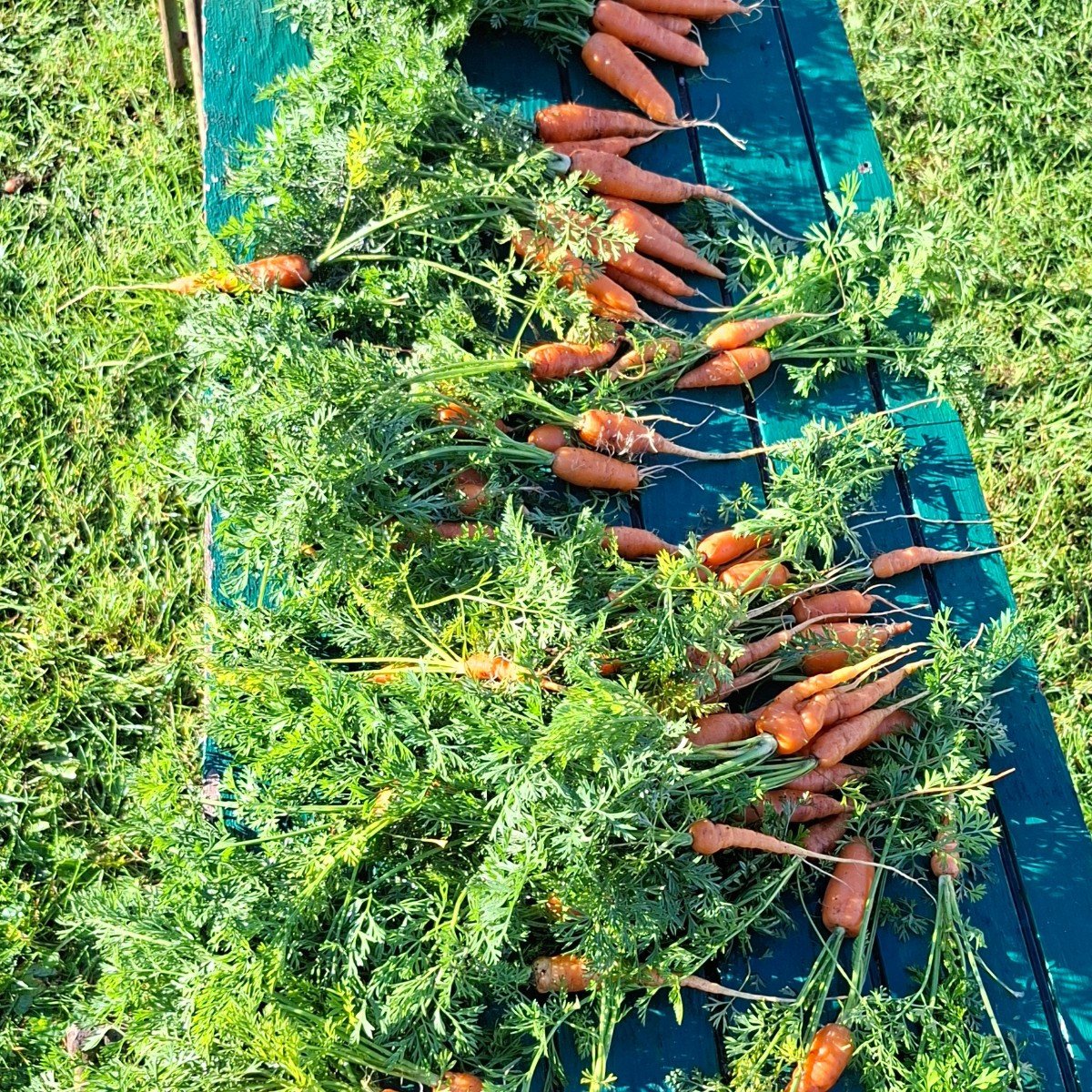
Liked 2 times
Yesterday we pulled our last carrots from the field and harvested and cleaned 3 ginger plants
Show 1 answer
How do I create a plan on the app? When I click it I get a blank screen?
Show 1 answer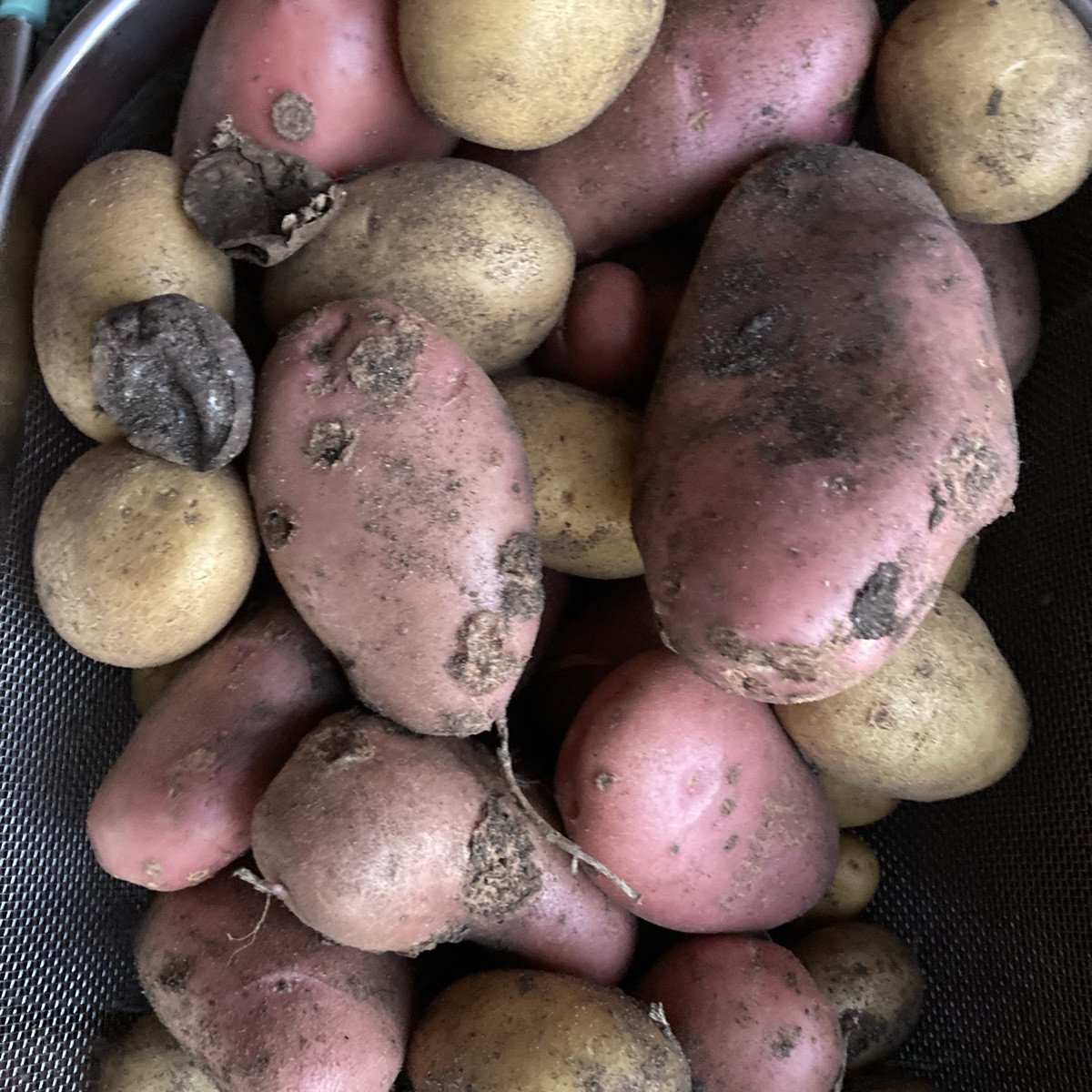
Liked 6 times
A short summary of @kartoffel im Pflanzsack: I have also included the seed potatoes in the one photo for comparison. The late varieties were now the best. There was an average of approx. 1.6 kilos per seed bag. 16.8 kilos in 10 bags, which barely took up 2 square meters of space. I will no longer grow in the ground and under straw... I filled the bags with sheep's wool, compost, biochar, soil and miscanthus. The sheep's wool was "digested". #thanksgiving !!!
Show 3 answersPopular Articles
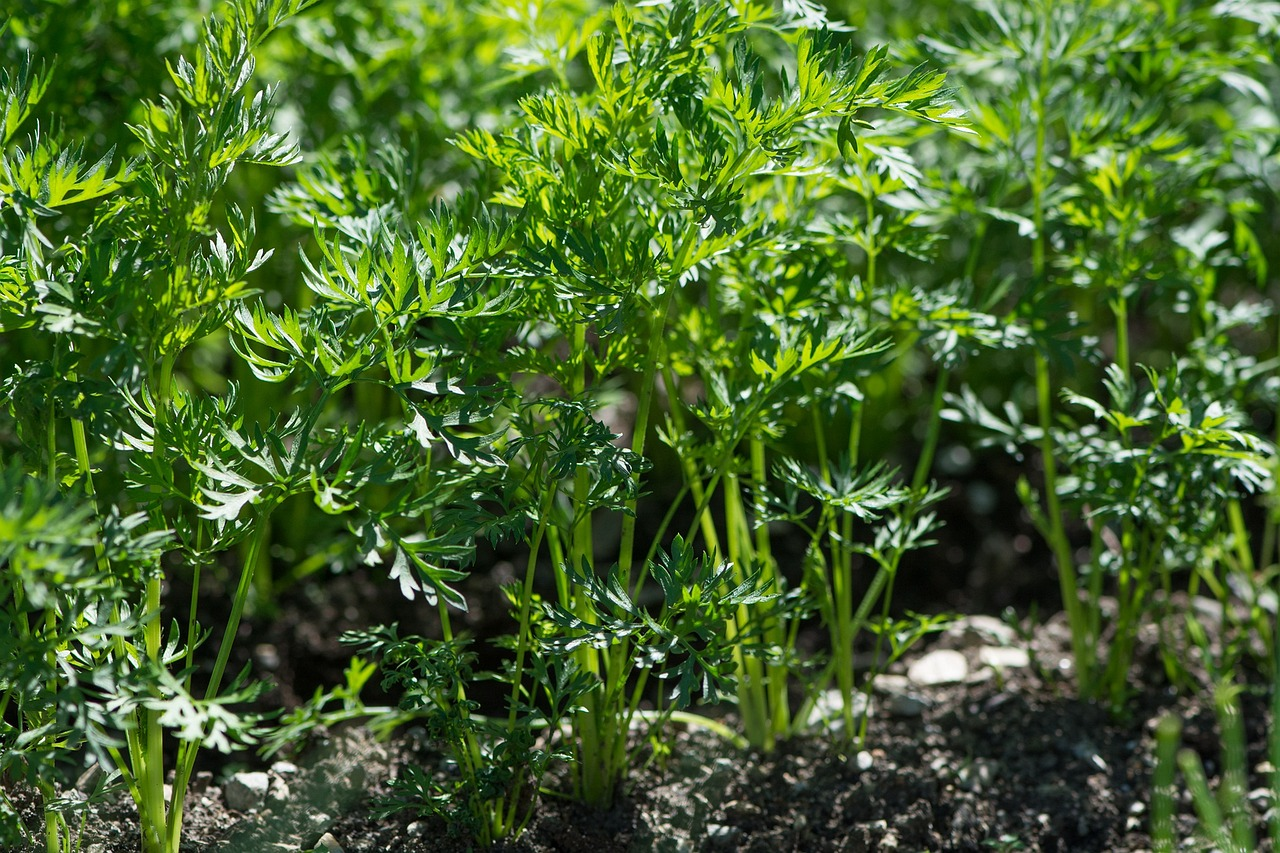
Companion Plants for Carrots: What (Not) to Plant With Carrots
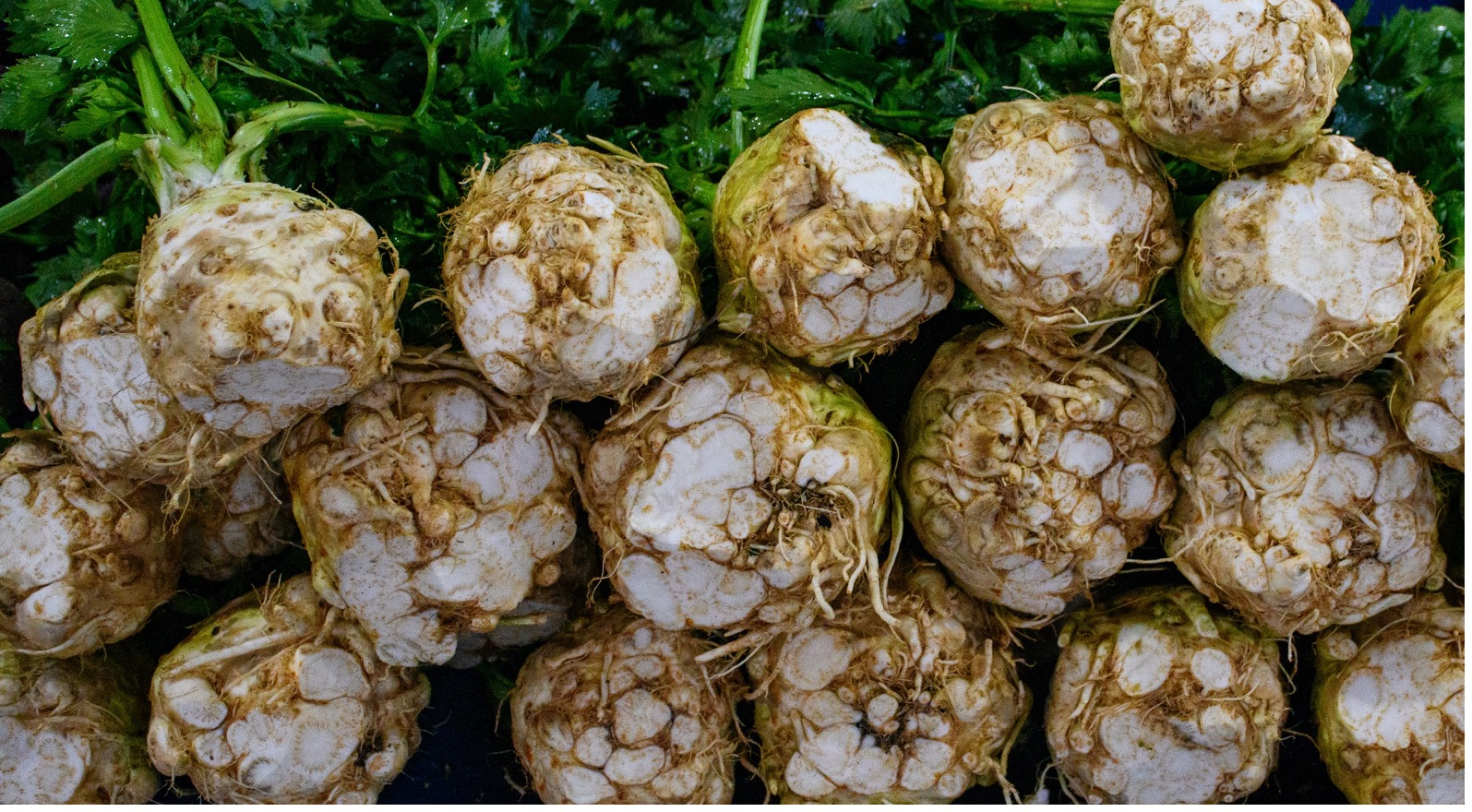
Companion Plants for Celery : What (Not) to Plant With Celery?

Strawberry Types: List of Best Strawberry Varieties
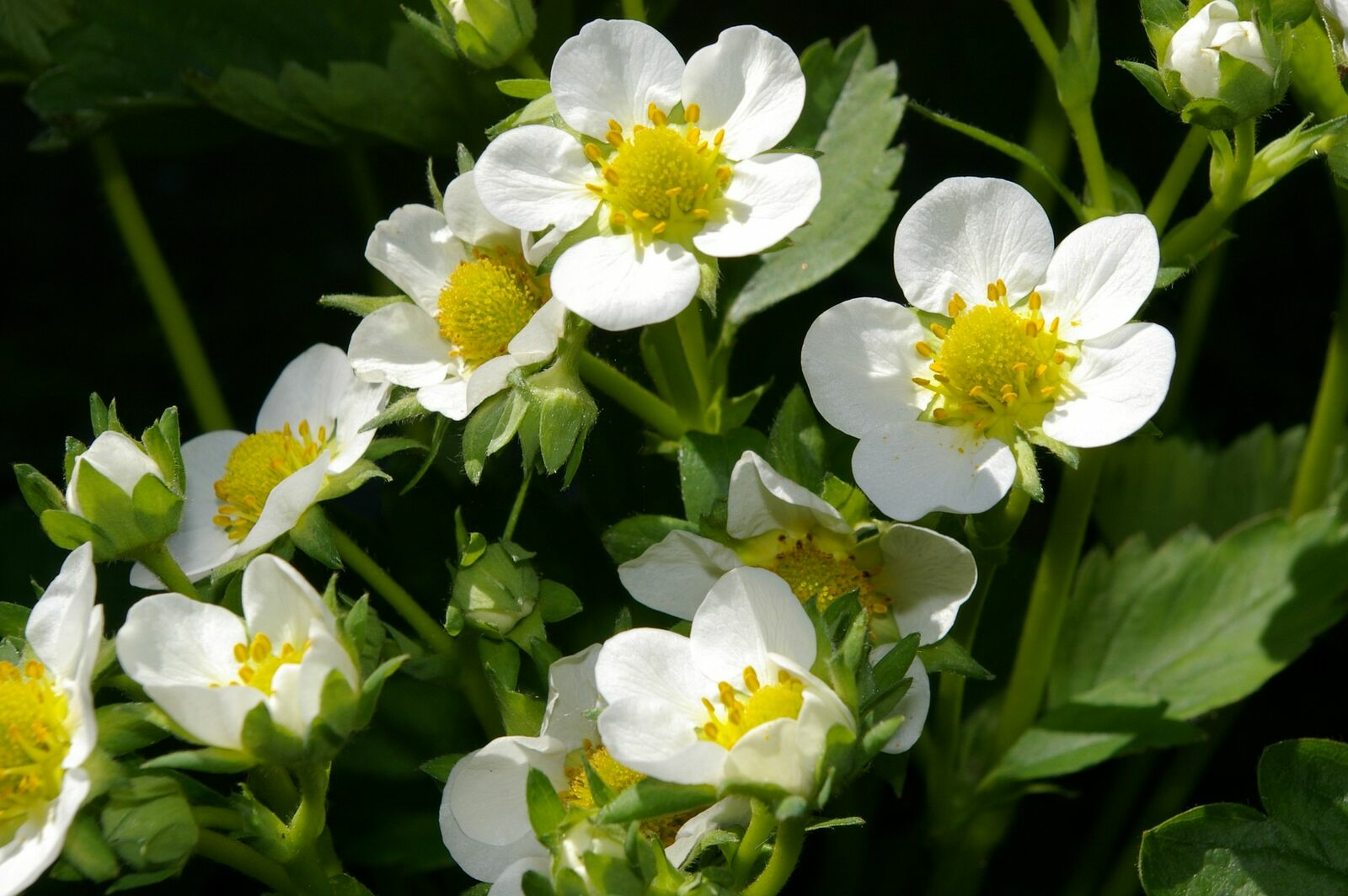
Companion Planting With Strawberries: Companion Plants and Planting Plan
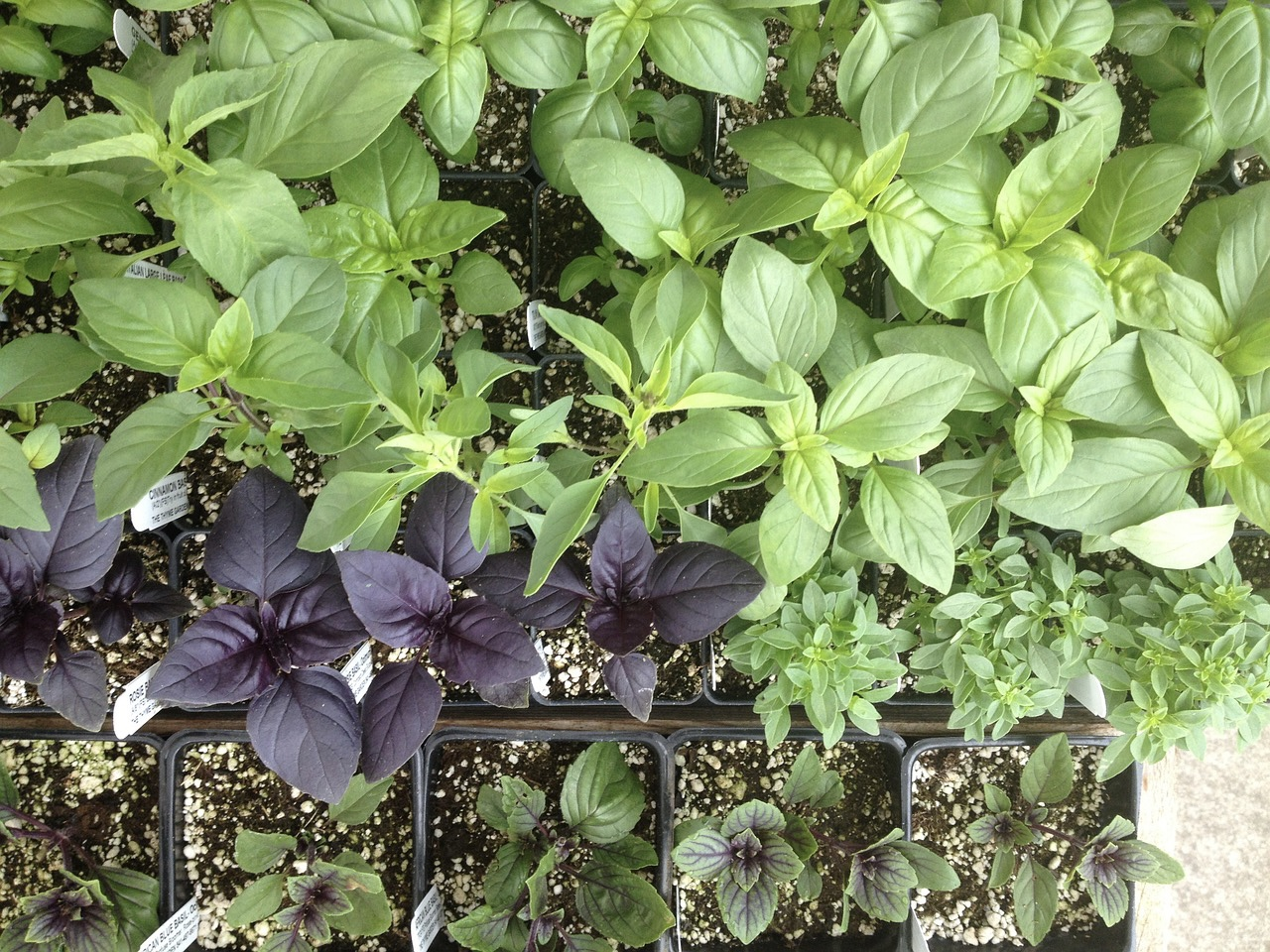
Basil Varieties & Types at a Glance
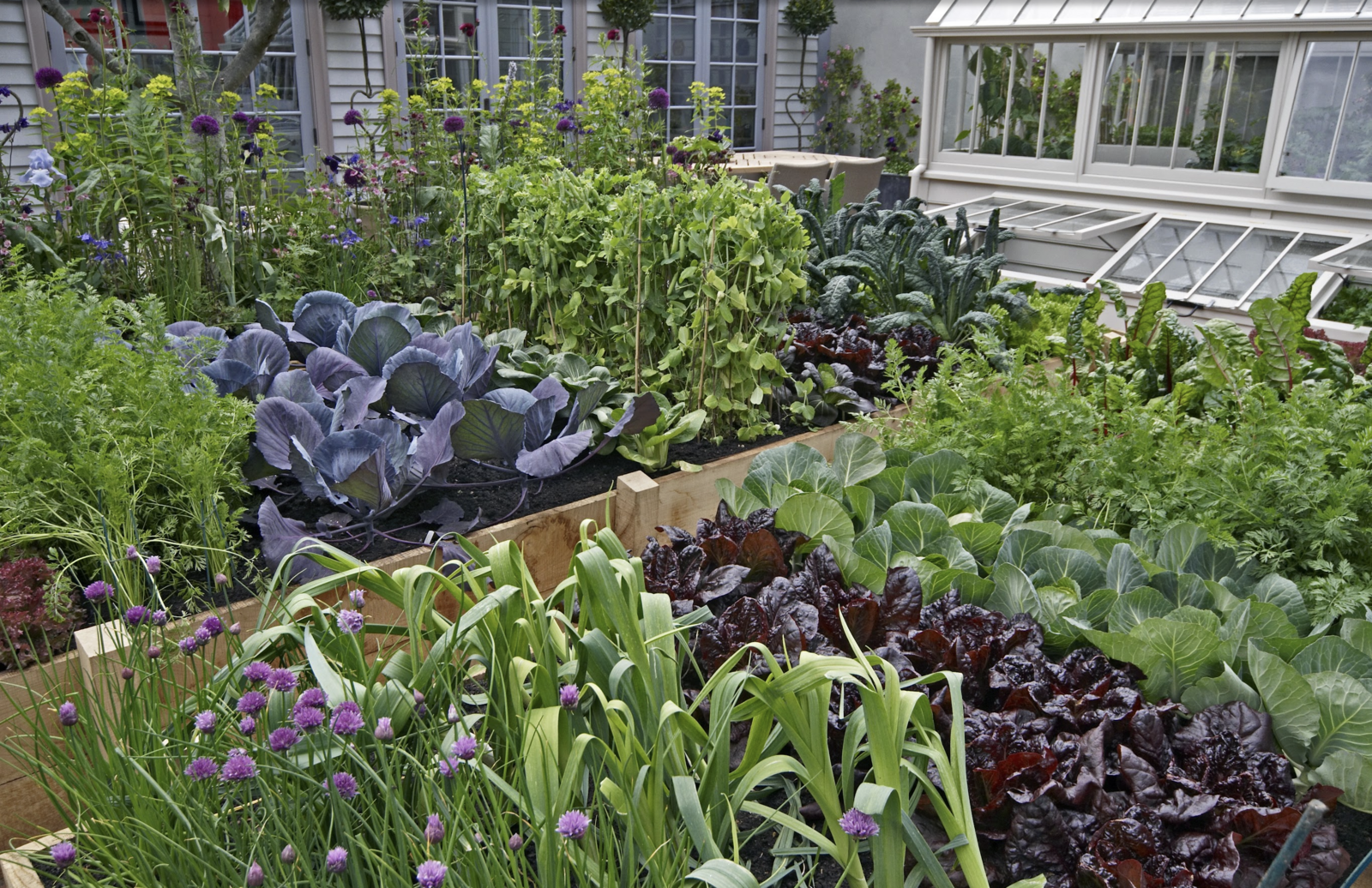
What to Plant With Cabbage: Good and Bad Companion Plants
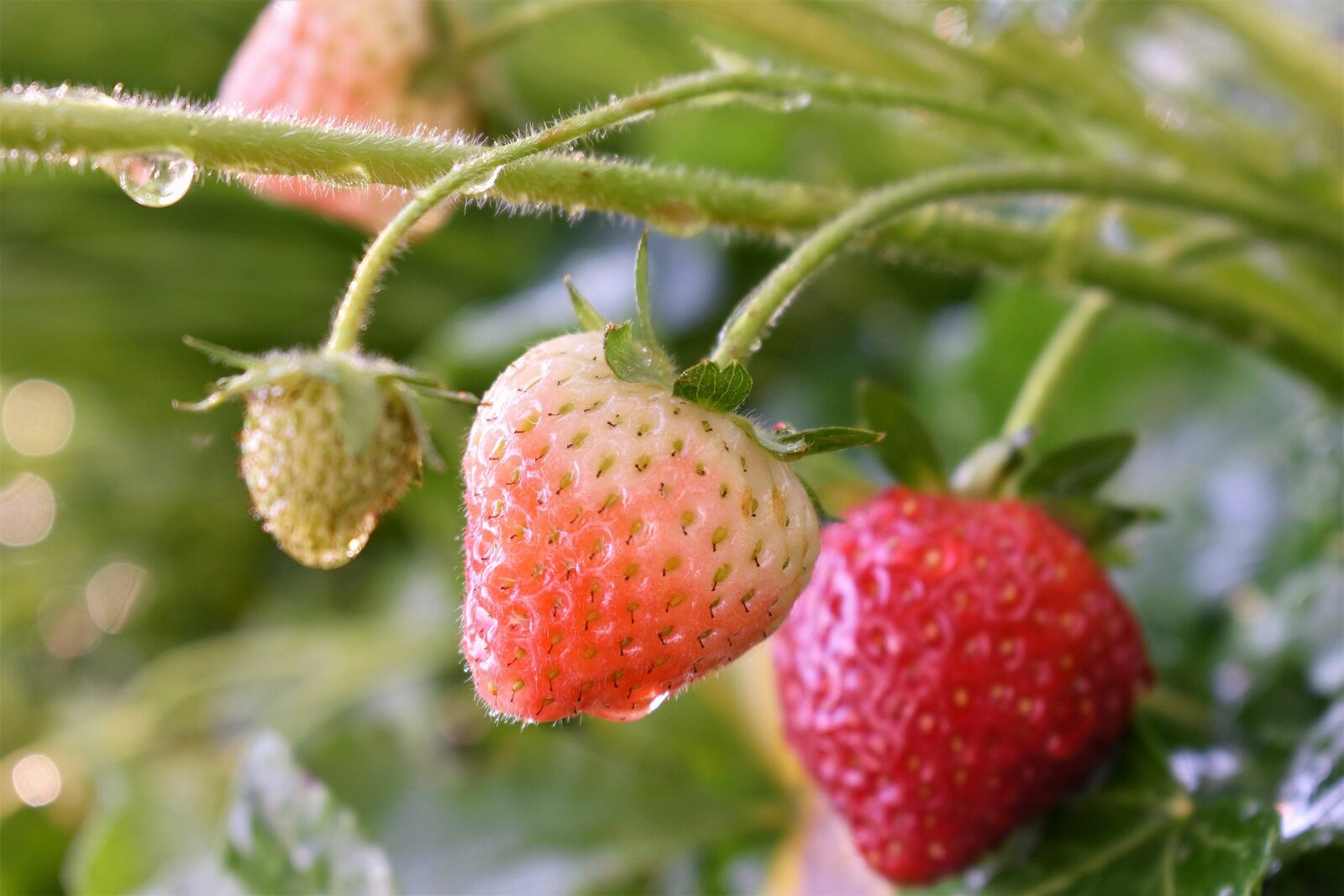
Fertilizing Strawberries: Home Remedies & Natural Fertilizers at a Glance
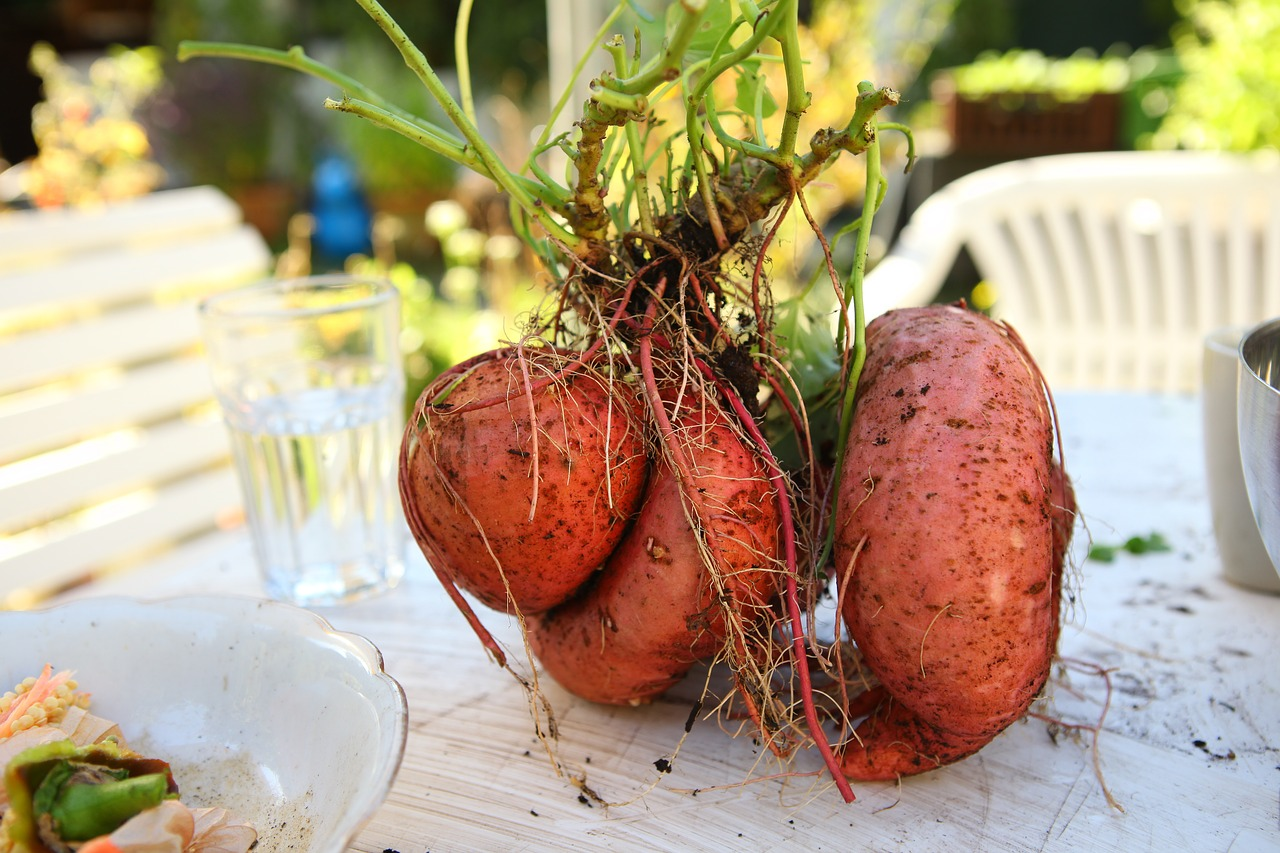
Growing Sweet Potatoes: Tips on Cultivation & Companion Plants
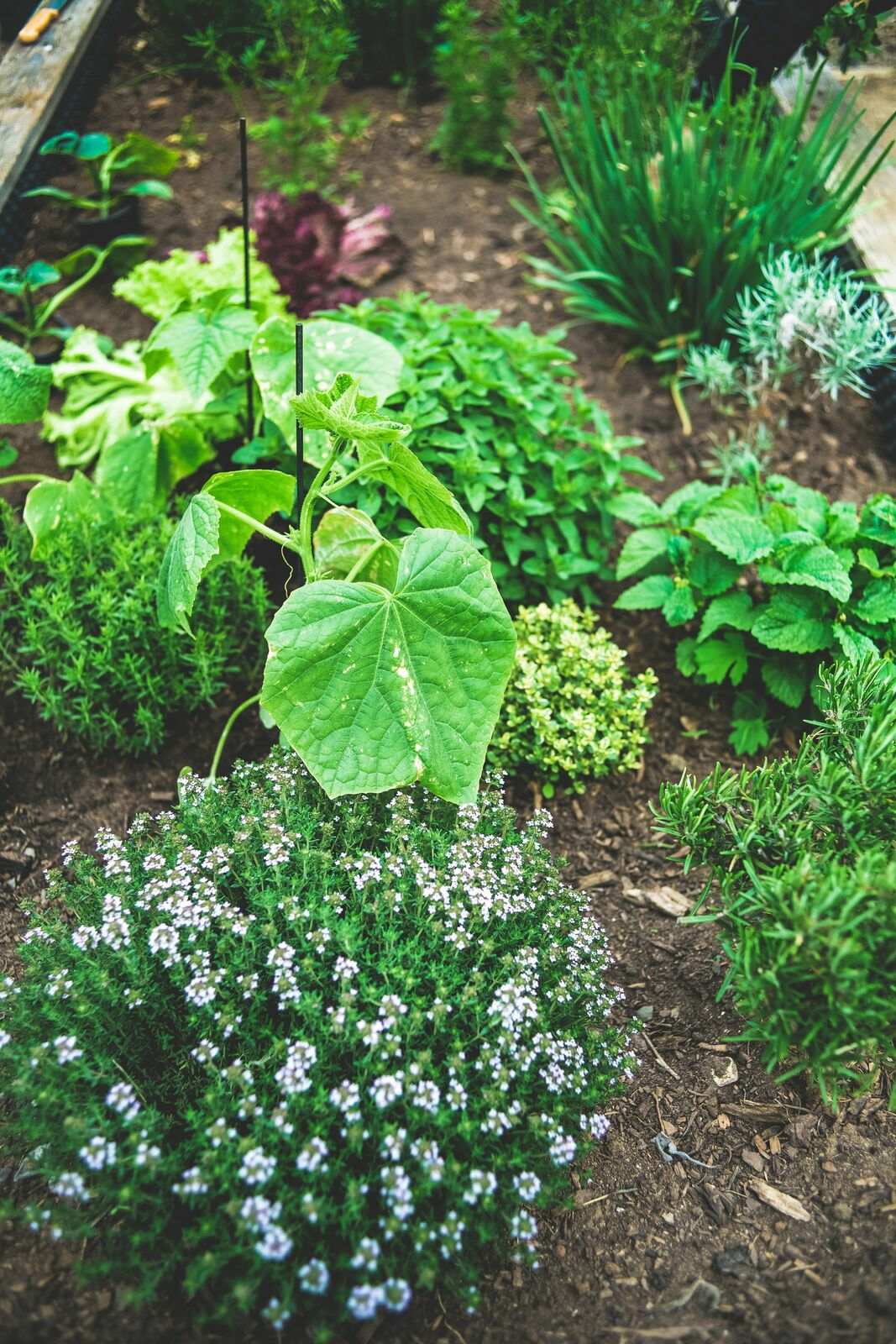
Companion Plants for Kitchen Herbs: Chives, Parsley & Co

What Herbs Can Be Planted Together?
FAQ
What does it mean to use resources in the garden in a cycle rather than linearly?
In the cycle, you use resources multiple times without waste - this closes loops and protects the environment.
Why is soil in the garden so central to the ecosystem?
The soil acts as the engine of the ecosystem: it converts organic matter into fertile nutrients through soil life and stores large quantities of CO₂.
What permaculture tips help to close cycles in the garden?
Use practices such as mulching, composting, mixed cropping, water storage (e.g. rain barrels) and organic fertilization. Focus more on diversity, slow solutions and minimally invasive interventions to garden sustainably.
Why is seed-resistant seed important for sustainable gardening?
Seed-resistant varieties allow you to propagate seeds yourself and sow them every year. F1 hybrids, on the other hand, are sterile or do not produce true-to-type offspring, which is why there is no real cycle.